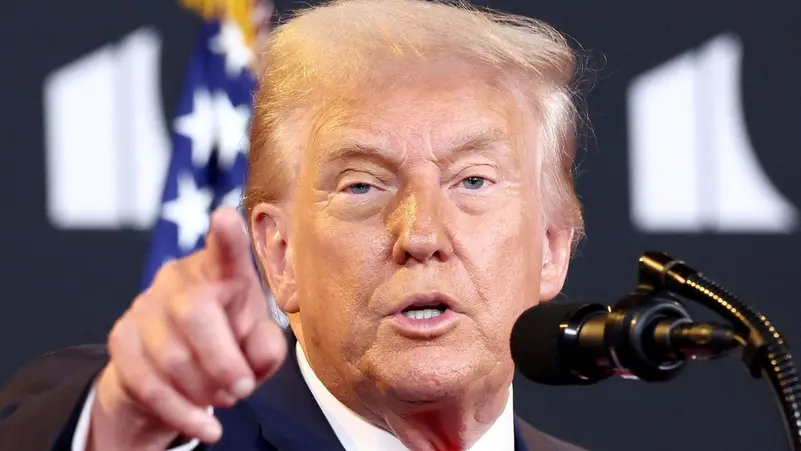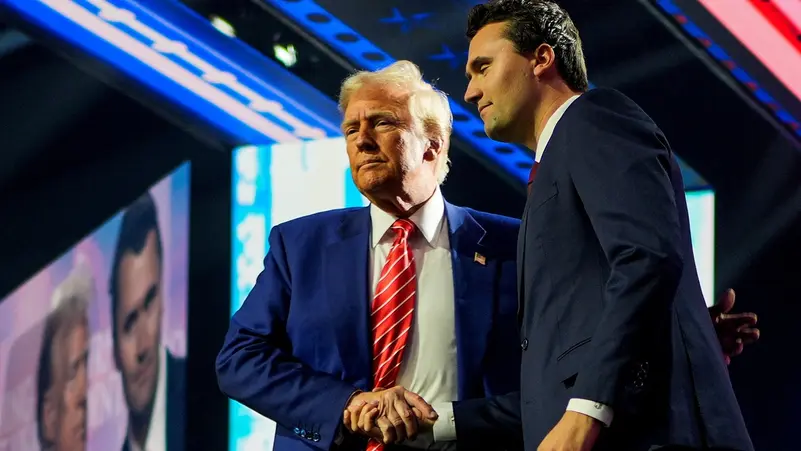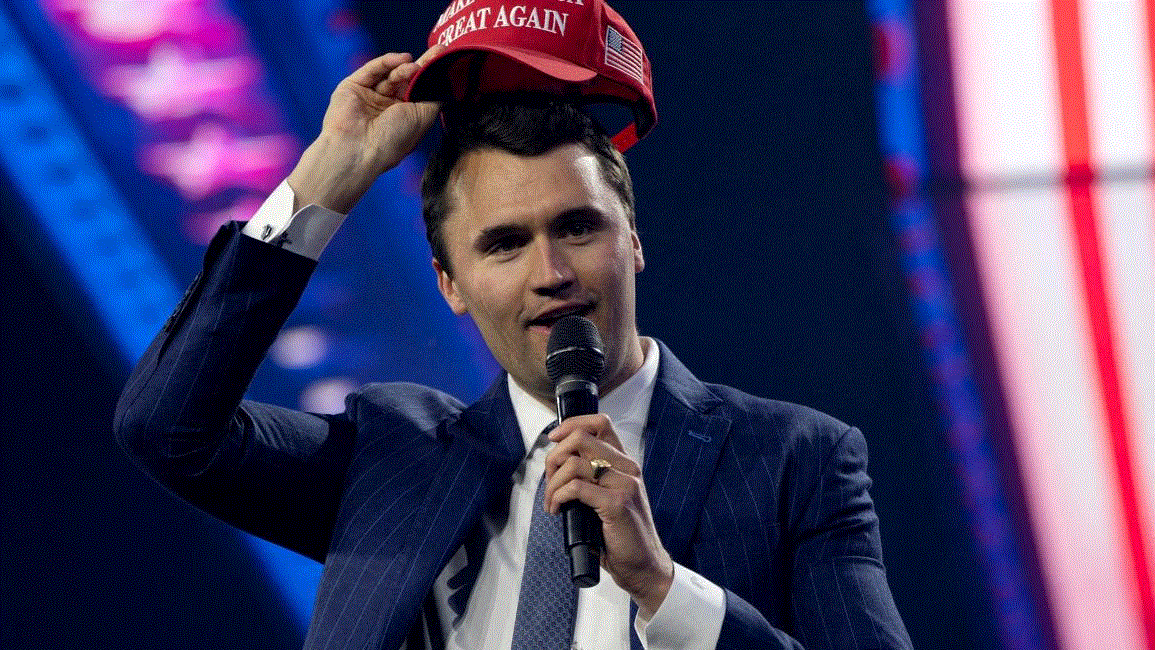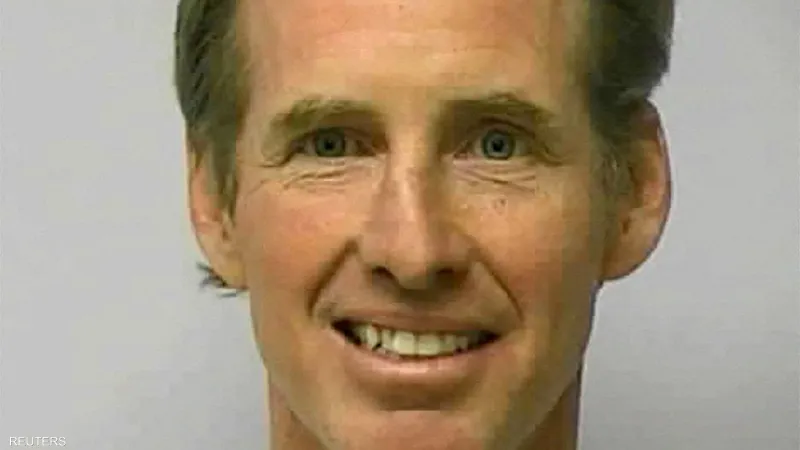Trump Slams Fed Chair Powell Over Interest Rates, Sparking Fresh Economic Debate
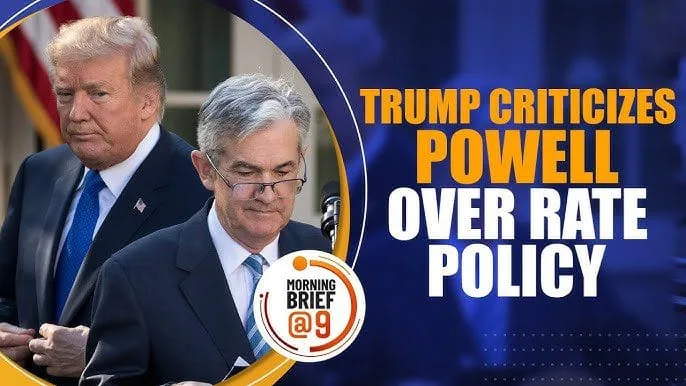
America’s economic saga, former President donaldtrump has launched sharp criticism at Federal Reserve Chairman Jerome Powell. The clash centers on Powell’s refusal to cut interest rates, which Trump argues is harming American growth and competitiveness. As the debate ripples across us politics and financial markets, economists and politicians are divided over who is right.
The Heart of the Dispute
At issue is Powell’s recent decision to keep rates steady despite signs of slowing consumer spending and rising corporate debt. Trump claims a rate cut is urgently needed to stimulate investment and help ordinary Americans facing high borrowing costs.
Powell, supported by analysts linked to the federalreserve, argues that lowering rates now could worsen inflation, which remains above target.
Trump’s Argument
Speaking at recent rallies and through social media, trump framed Powell’s stance as “economic sabotage.” He insists that the Fed is too focused on inflation fears and blind to real-world struggles: businesses delaying expansion, consumers burdened by credit card rates, and a housing market chilled by expensive mortgages.
Trump says lower rates would:
-
Encourage business borrowing and hiring
-
Ease pressure on families with debt
-
Strengthen the dollar against global competitors
Powell’s Defense
Jerome Powell, appointed by Trump himself, counters that the Fed’s independence is crucial. Cutting rates prematurely could fuel price surges, harming working families more than high borrowing costs.
Economists at columbia university warn that interest rate cuts must be balanced carefully to avoid triggering inflationary spirals.
Political Stakes
The debate isn’t just economic—it’s deeply political. Trump’s allies see Powell as a roadblock to growth ahead of possible elections. Democrats, meanwhile, accuse Trump of undermining Fed independence to score political points.
This tension reflects broader concerns about politicizing economic policy.
Market Reactions
Financial markets responded with volatility. After Trump’s criticism, stock indexes swung lower, while the bond market priced in a higher chance of future rate cuts.
Currency traders noted a slight dip in the dollar, reflecting investor uncertainty about Fed policy.
Historical Echoes
Observers recall similar clashes in history. Presidents from Nixon to Reagan pressured the Fed, sometimes successfully. The question today: should elected officials steer monetary policy—or leave it to technocrats?
The Inflation Challenge
Inflation remains above the Fed’s 2% target. Powell argues cutting rates now could risk re-accelerating price increases in essentials like food and housing.
Trump’s camp counters that inflation has cooled enough to justify relief for borrowers.
The Housing Squeeze
High rates have driven mortgage costs to multi-decade highs. Trump highlights young families priced out of home ownership, blaming Powell’s policies.
Analysts note that while rates affect affordability, housing shortages and construction costs also play roles.
Business Leaders Speak
Some corporate CEOs back Trump’s call, arguing lower rates would unlock investment. Others side with Powell, warning that fueling inflation could force even sharper hikes later.
The split reflects different risk appetites between fast-growth industries and cautious sectors.
Beyond Economics: Fed Independence
The Federal Reserve was designed to be independent from politics. Trump’s critics warn that repeated attacks threaten this principle.
Supporters argue it’s reasonable for elected leaders to pressure policymakers when economic pain rises.
Public Opinion
Polls show Americans divided: many support lower rates to ease daily costs, but others worry about inflation. The issue cuts across party lines, reflecting real economic anxieties.
Trump’s Broader Strategy
For Trump, the Fed clash fits a pattern: challenge institutions seen as obstacles to growth. It energizes his base, who view Washington technocrats as out of touch.
It also echoes earlier battles over tariffs and trade, where Trump favored direct intervention over expert caution.
Global Implications
Fed decisions affect the world: emerging markets, commodity prices, and exchange rates all react. A shift in U.S. rates can spark capital flows across continents.
Foreign leaders watch closely, wary of sudden moves that could disrupt their economies.
The Road Ahead
The Fed meets again soon. Powell signals caution, but economic data may force adjustments. Trump shows no sign of easing pressure.
Investors brace for continued uncertainty.
Final Thought
The Trump–Powell standoff captures a timeless tension: growth versus stability, politics versus policy. As households feel the pinch of high borrowing costs, the Fed’s choices—and Trump’s criticism—carry weight far beyond headlines.
In today’s interconnected economy, what happens in Washington doesn’t stay in Washington—it shapes lives worldwide.
